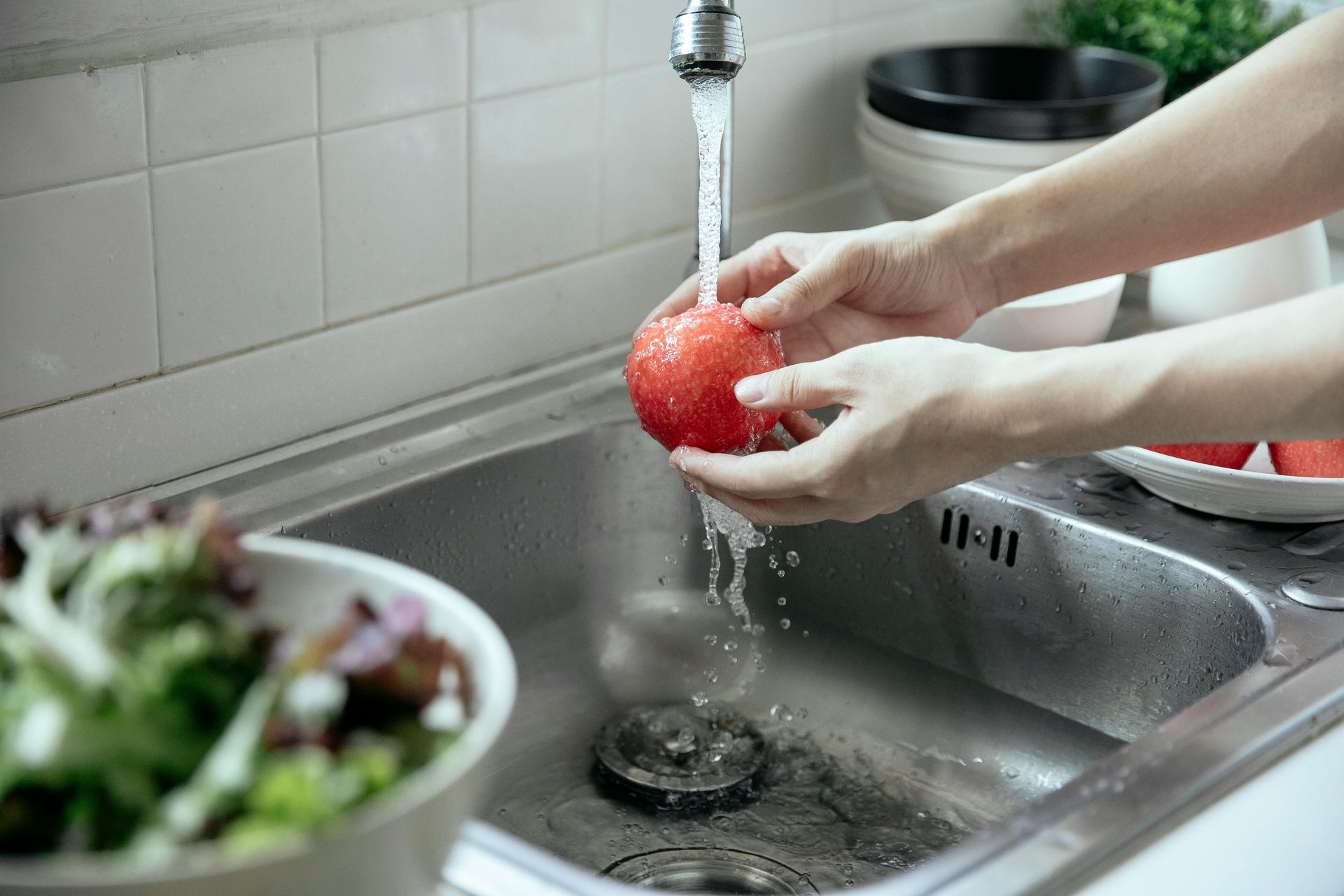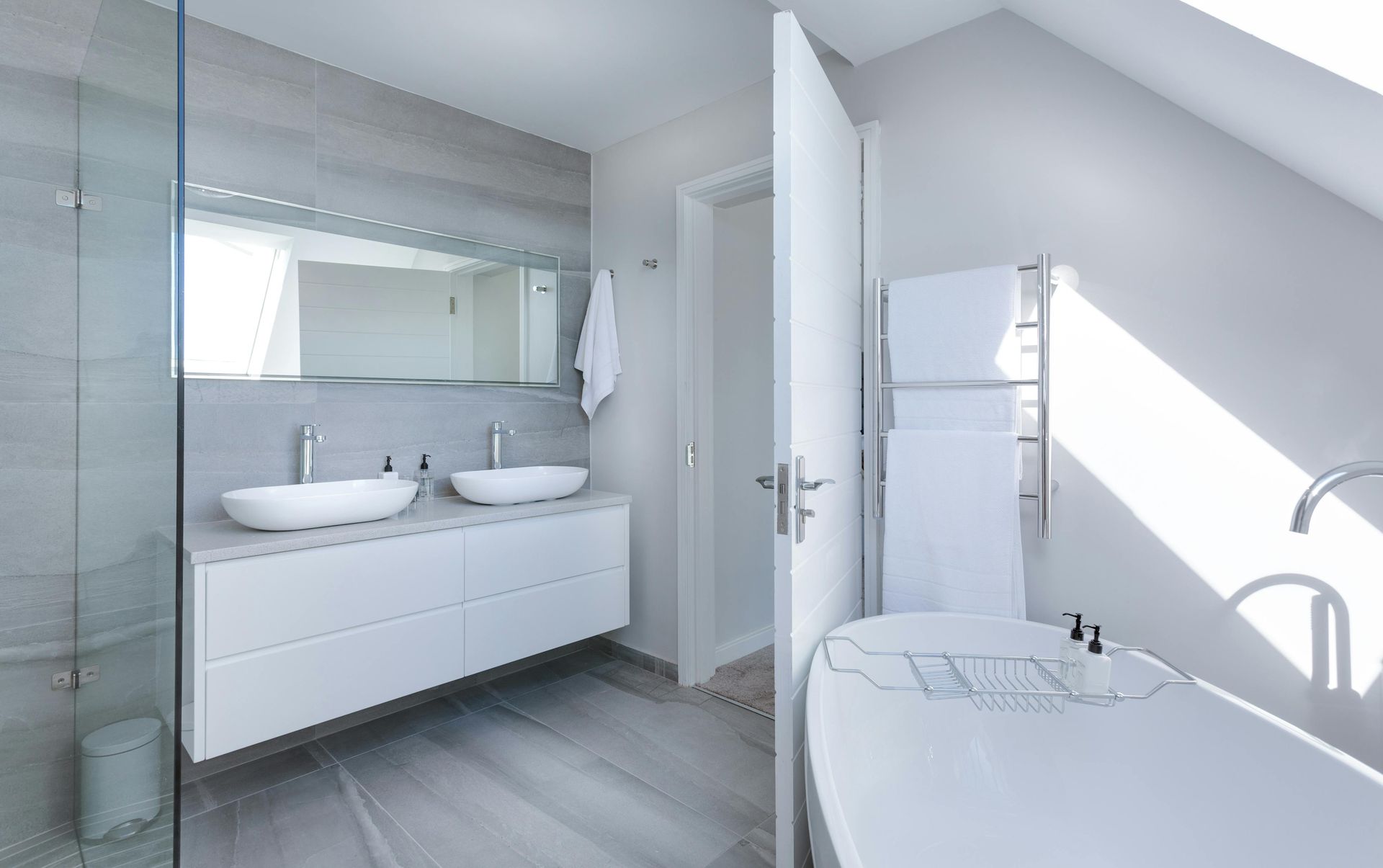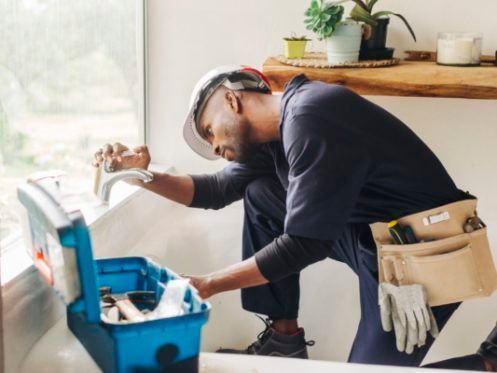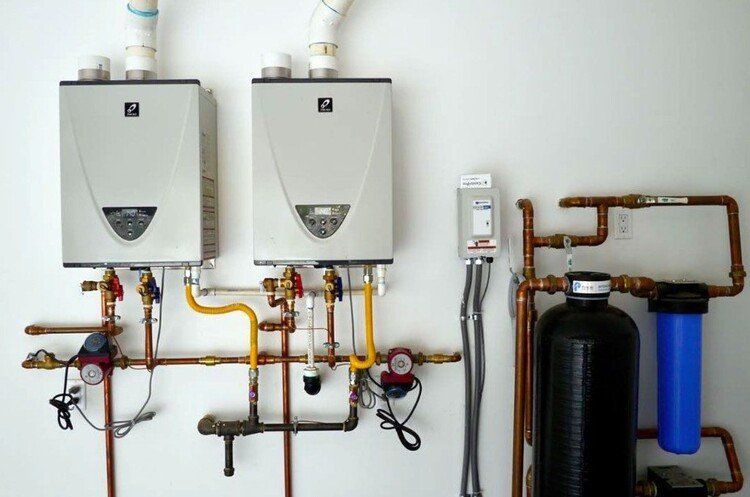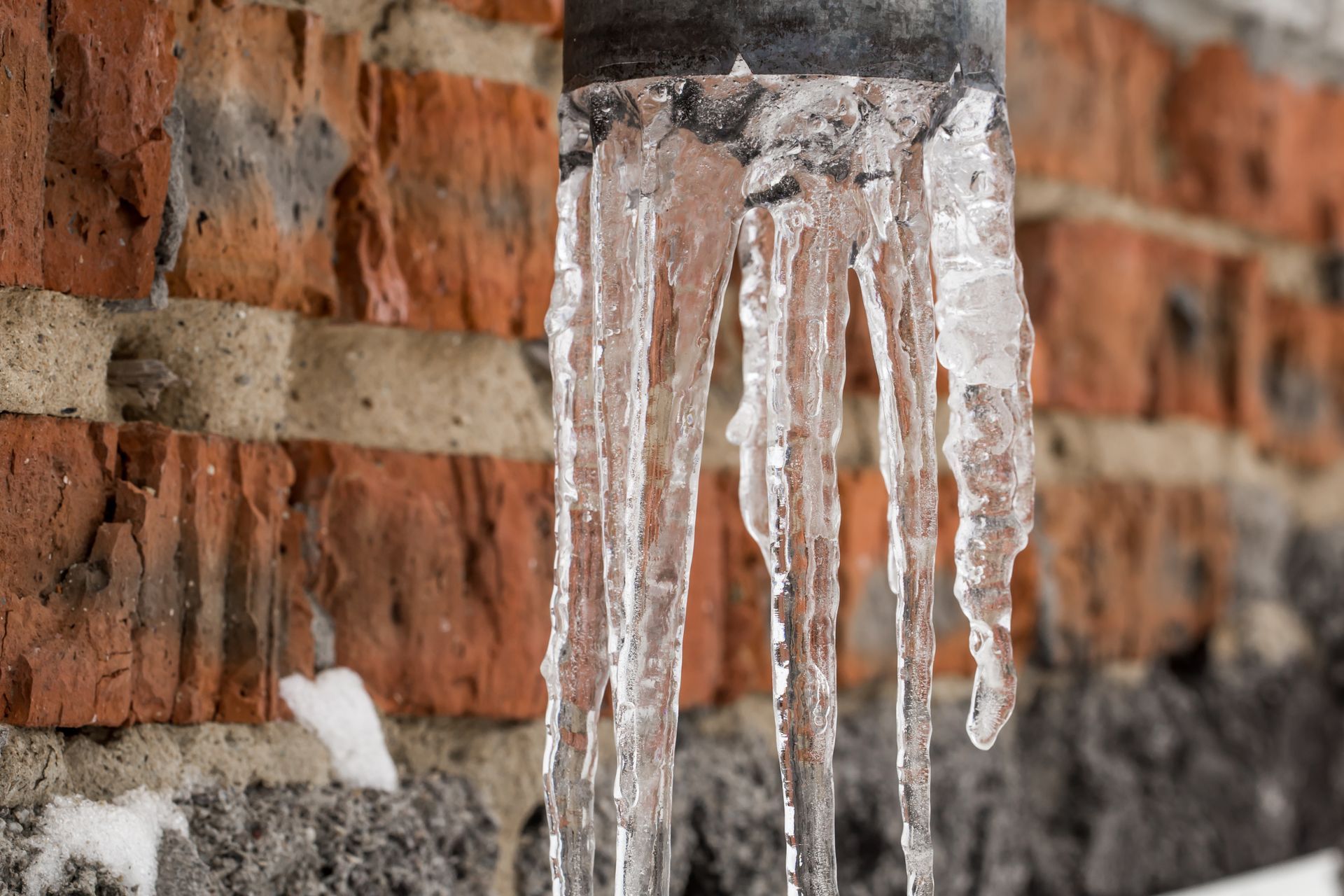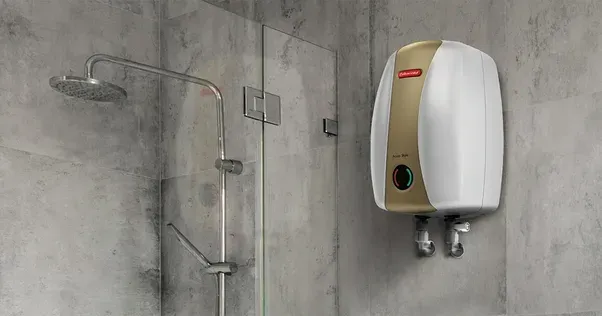Understanding The Different Types Of Pipe Fittings
In any plumbing system, pipe fittings play an essential role in connecting, controlling, and adapting the flow of water or other fluids through the network of pipes. The wide variety of pipe fittings available ensures that plumbing systems can be designed to meet the specific needs of any building or infrastructure, whether residential, commercial, or industrial. This article provides an elaborate understanding of the different types of pipe fittings, their functions, materials, and practical applications. It also highlights the importance of knowing these fittings to effectively manage plumbing installations and repairs, including emergency situations where timely intervention becomes crucial.
Introduction to Pipe Fittings
Pipe fittings are mechanical components used to join lengths of pipe, adapt pipe sizes, change directions, or control fluid flow within plumbing systems. They come in various shapes and sizes, constructed from multiple materials such as copper, PVC, steel, brass, and more, each suitable for different conditions and requirements. Understanding pipe fittings is vital for plumbers, property owners, and maintenance personnel to ensure the plumbing network remains efficient, leak-free, and durable.
Each type of fitting serves a distinct purpose, whether it is to allow a pipe to turn corners, branch into multiple directions, reduce flow size, or temporarily or permanently seal pipe ends. Choosing the correct fittings directly impacts system performance, maintenance ease, and longevity.
Types of Pipe Fittings and Their Uses
Elbow Fittings are some of the most commonly used fittings designed to change the direction of the pipe run. Available in standard angles such as 22.5°, 45°, and 90°, elbows allow pipelines to navigate obstacles, structural corners, and complex routing patterns. These fittings connect pipes either with the same diameter or accommodate size changes using special reducer elbows. Elbows are made from various materials, adapting to different water types and pressure levels.
Reducer Fittings are designed to adjust pipe diameters, enabling the transition from larger pipes to smaller ones within the system. They can be concentric or eccentric depending on whether the reduction is symmetrical around the pipe center or offset to one side. This distinction prevents air trapping and cavitation in the pipeline, maintaining smooth water flow and protecting pipe integrity.
Tee Fittings have a T-shape and are used to split or combine flows. Featuring two outlets and one inlet orthogonally arranged, tees facilitate branch lines or merge the flow of multiple sources into a single pipe. They come in equal or unequal sizes depending on whether the connected pipes have the same diameter.
Cross Fittings connect four pipes at right angles, used in systems requiring multiple branch points converging at one location, such as sprinkler or industrial piping systems. While highly functional, crosses are subjected to stress due to temperature changes, requiring careful selection and installation.
Other significant fittings include Couplings, which connect two pipes in a straight line allowing for extension or repair; Unions, which provide disconnection ease during maintenance; Plugs and Caps, which seal off pipe ends to prevent leaks; and Valves, which regulate flow direction, pressure, or shut off sections of the system entirely.
Material Selection and Its Impact
The choice of material for pipe fittings is equally critical, depending on the fluid conveyed, pressure levels, environmental conditions, and compatibility with pipe materials. Common materials include PVC for lightweight and corrosion-resistant applications, copper for durability and heat resistance, and steel or brass for high-pressure and industrial uses.
Each material offers specific advantages and limitations. For instance, PVC fittings are economical and easy to install but unsuitable for high-temperature water, while stainless steel provides strength and corrosion resistance but comes at a higher cost. Understanding these aspects helps in specifying fittings that maximize system reliability and longevity.
Importance in Emergency Plumbing Services
Effective plumbing design relies heavily on the correct use of pipe fittings. However, unforeseen failures may still arise requiring immediate attention. In emergency services, having a sound knowledge of pipe fittings aids in rapid diagnosis and repair, minimizing water damage and restoring functionality quickly. Professional providers such as All City Plumbers emphasize preparedness, encouraging homeowners to understand their plumbing layout and the fittings used.
During plumbing crises, it is key to find an emergency plumber for after-hours services who can efficiently handle complex fitting replacements or repairs. Accurate replacement of fittings is crucial to avoid leaks, pressure loss, or further system failure. The use of appropriate fittings and fittings materials in such interventions ensures lasting repairs and reduces recurring emergencies.
Conclusion
Pipe fittings form the backbone of any functional plumbing system, enabling the layout and control of fluid transport. From elbows and reducers to tees and crosses, each fitting type fulfills a critical role in shaping the plumbing network to meet specific needs. Material selection complements the fitting choice to ensure system durability and safety, especially under demanding conditions.
Understanding the different types of pipe fittings equips homeowners, plumbers, and maintenance professionals with the knowledge needed for proper installation, maintenance, and emergency response. Collaborating with expert emergency services like All City Plumbers provides the professional support required during urgent plumbing repairs, making it easier to find an emergency plumber for after-hours services and secure the safety and integrity of the plumbing system. Investing time in this knowledge safeguards homes and properties from costly water damage and plumbing disruptions.

